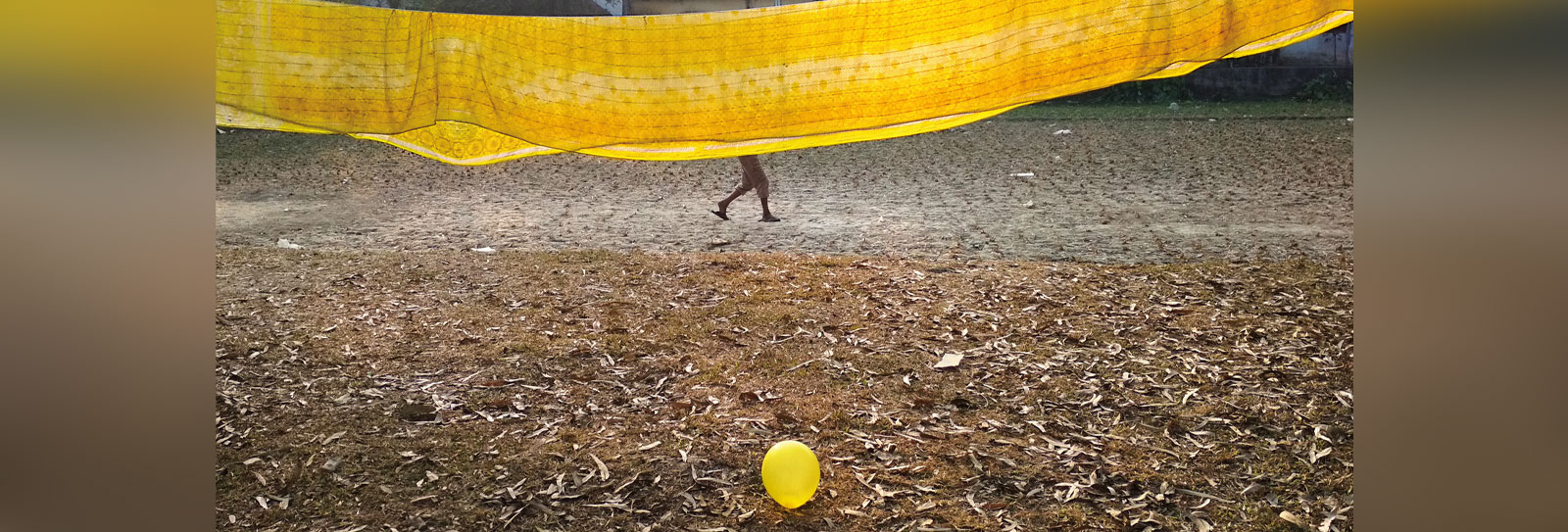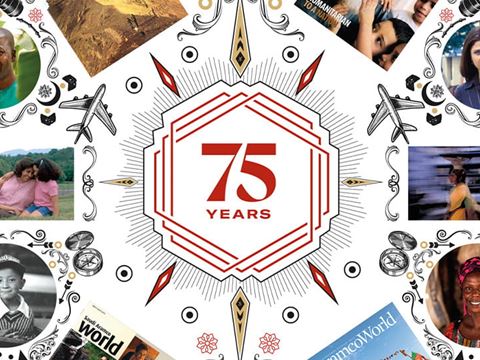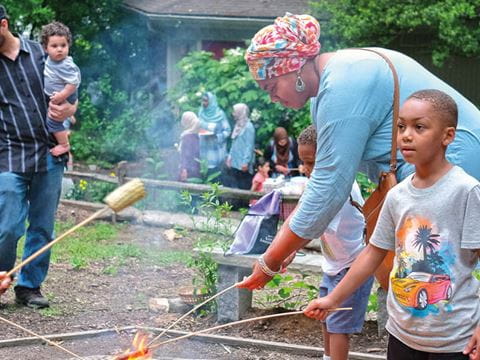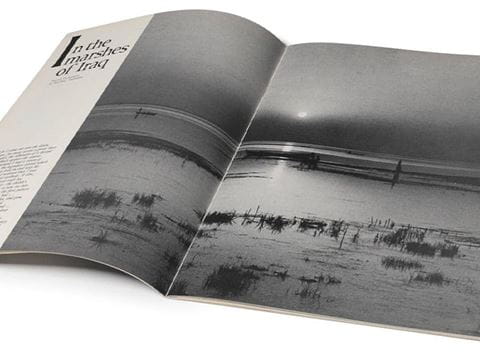
FirstLook: The Sari and the Balloon
On a winter’s afternoon in 2018 in Bogura, Bangladesh, I went out for a walk with my nephew. While walking, I saw a group of toddlers playing with colorful balloons and across from them boys playing cricket. I was struck to see a bright yellow sari hanging to dry in the sun, which really drew me into to the scene.
On a winter’s afternoon in 2018 in Bogura, Bangladesh, I went out for a walk with my nephew. While walking, I saw a group of toddlers playing with colorful balloons and across from them boys playing cricket. I was struck to see a bright yellow sari hanging to dry in the sun, which really drew me into to the scene. I noticed that one of the toddlers had a yellow balloon in their hand and I thought about the composition. I positioned myself and waited there for about 10 minutes before the yellow balloon got away from the kids and landed in front of me. I clicked a photo on my cell phone just before one of them ran over to pick it up.
When on the street, I am always looking for light, color, and connection. This photograph reminds me of the stages of life, and here with beautiful light and color, I drew a line between the toddlers playing with balloons, the boys playing cricket and a woman’s sari. This is how life goes, in its own way.
—Fatima-Tuj-Johora
@fatimatujjohora
fatimatujjohora.com
You may also be interested in...

AramcoWorld: 75 Years of Visual Storytelling Through Photography
Arts
History
Part 2 of our series celebrating AramcoWorld’s 75th anniversary this year highlights “visual vagabonding”—the magazine’s expanded use of vibrant images over the decades to fulfill the mission of cultural connection.
Ramadan Picnic Photograph by Zoshia Minto
Arts
On a warm June evening, people gathered at a park in Bethesda, Maryland, for a community potluck dinner welcoming the start of Ramadan.
Spotlight on Photography: Discover the Marshes of Iraq in a Visual Story by Wilfred Thesiger
Arts
History
“In the Marshes of Iraq” — November/December 1966